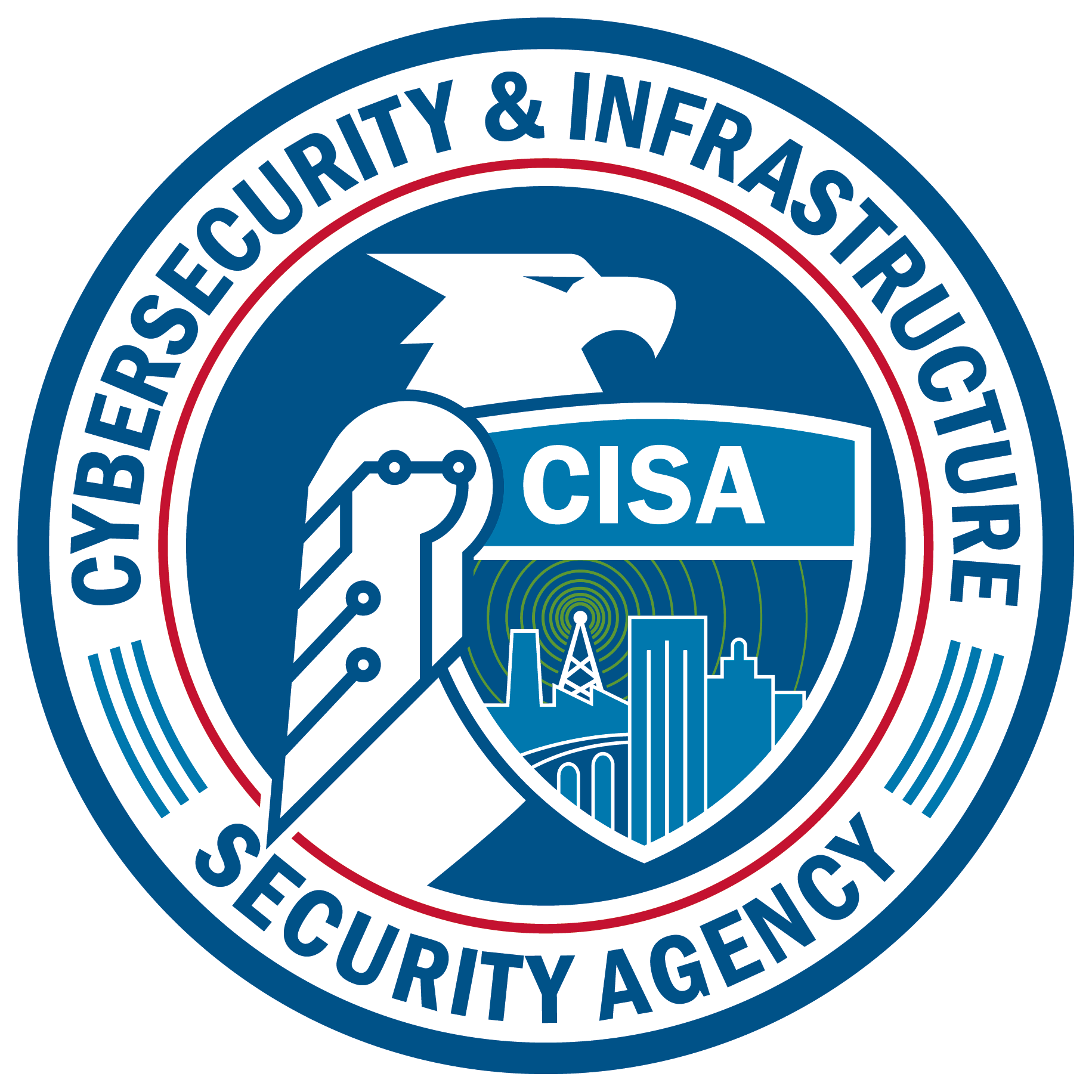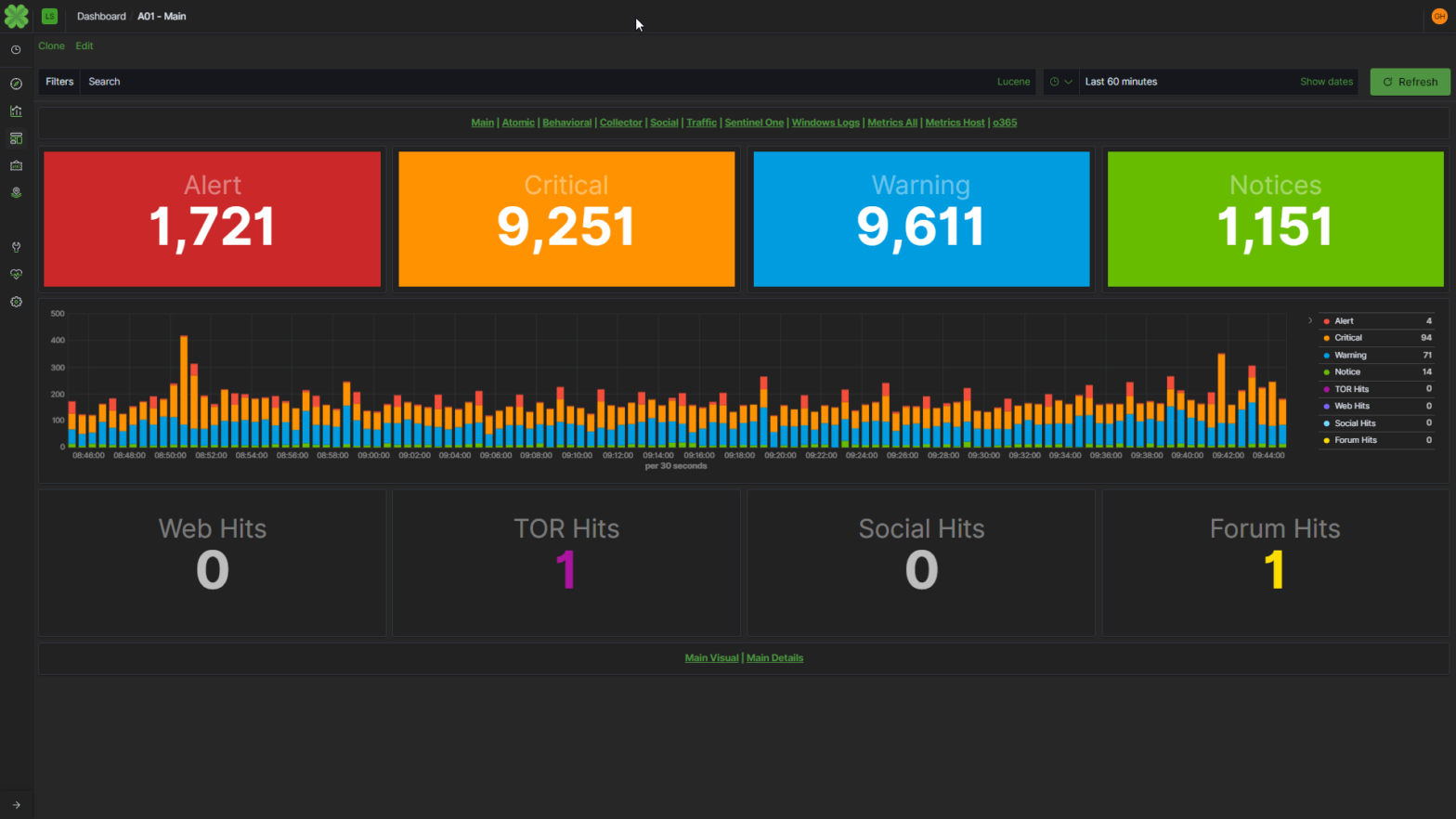BLOG
Strengthening the Fort: A New Era of Streamlined Cyber Incident Reporting
In the ever-evolving landscape of cybersecurity, the necessity for clear channels of communication and collaboration cannot be overstated. That's why the recent announcement from the US Department of Homeland Security (DHS) is a crucial step forward for the community at large.
On Tuesday, the DHS released an influential document that aims to revolutionize how federal agencies approach cyber incident reporting, ushering in a more harmonized and efficient system that stands to benefit critical infrastructure entities immensely.
Understanding the New Paradigm: Harmonization of Cyber Incident Reporting
The newly published document, aptly titled "Harmonization of Cyber Incident Reporting to the Federal Government", serves as a beacon of guidance in the cybersecurity realm. It delineates what constitutes a reportable cyber incident and prescribes a timeline for reporting, advocating for the incorporation of a uniform reporting form within federal agencies.
This groundbreaking initiative also addresses the complex scenarios where incident reporting might be deferred to avoid compromising critical infrastructure, jeopardizing national security, impeding public safety, or interfering with ongoing law enforcement investigations.
Towards a Unified Reporting Portal
As pioneers in the XDR domain, we resonate with the DHS's emphasis on enhancing current practices to facilitate smoother receipt and dissemination of incident reports and threat intelligence. The envisaged single reporting portal, accompanied by proactive engagement with victims post-incident reporting, promises a consolidated approach to cyber resilience.
Homeland Security Secretary Alejandro N. Mayorkas encapsulated the spirit of this initiative eloquently, noting that the recommendations foster much-needed clarity and coordination, promising to enhance our grasp of the cyber threat horizon, facilitate victim recovery, and forestall future attacks.
A Collaborative Effort with CIRC and CISA
Crafted in synergy with the Cyber Incident Reporting Council (CIRC), the document delineates the pivotal role the cybersecurity agency, CISA, is set to play in aligning cyber incident reporting protocols, in line with the stipulations of the 2022 Cyber Incident Reporting for Critical Infrastructure Act (CIRCIA). Moreover, it broaches prospective legislative amendments concerning incident reporting.
As we move forward, we can anticipate the CIRC spearheading the implementation of these astute recommendations, fostering a more cohesive reporting environment for federal agencies. Concurrently, the DHS is poised to liaise closely with CIRC-affiliated agencies, ensuring Congress remains abreast of developments.
Join the Vanguard at the Hub for Industrial Cybersecurity
In crafting these recommendations, the CIRC undertook a rigorous analysis of over 50 distinct federal cyber incident reporting prerequisites, involving diverse stakeholders from the industry and the private sector. As echoed by DHS Under Secretary for Policy and CIRC Chair Robert Silvers, this streamlining is vital in alleviating undue burdens on impacted companies, allowing them to concentrate on incident management and customer welfare.
MORE FROM THE BLOG
SCHEDULE YOUR LÉARGAS XDR DEMO NOW
Take a proactive stance in safeguarding your digital assets.
SOLUTIONS FOR ANY SECTOR
Tailored Security Excellence for EMCs, Enterprises, Government, and MSSPs
Whether you're an Enterprise seeking fortified defenses, a Government entity safeguarding national interests, an EMC with vital assets to protect, or an MSSP looking to empower clients with cutting-edge security, Léargas has crafted specialized solutions for you.
© Copyright Léargas Security. All Rights Reserved.







